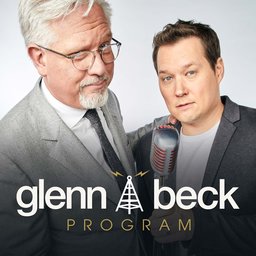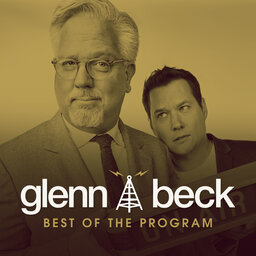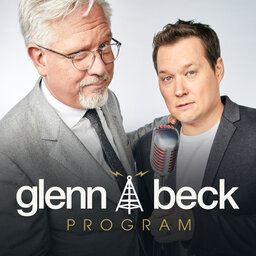Serial: Ronald Reagan - Assuming the Presidential Mantle
Ronald Reagan
Watch The Glenn Beck Radio Program, Monday through Friday, 9am - 12pm ET on BlazeTV. www.BlazeTV.com/GlennBy 1980, Ronald Reagan had already lived a full, fascinating and successful life. As a young man, he had been a star in radio, movies and television, as well as President of the Screen Actors Guild. He had twice married, and he’d converted from an extremely liberal Democrat to a committed conservative Republican and a two-time governor of California. He was also the man who had lost the 1976 nomination for president. At 69 years old, Reagan was ready to try again.
The nation was at an incredibly low point. President Jimmy Carter had addressed the country in July 1980 to discuss an American crisis of confidence and inform Americans that they needed to sacrifice more to solve America’s problems. The problems were many. Runaway inflation and interest rates and energy crisis. Long lines at the gas pump. The Cold War was at its peak with the Soviet invasion of Afghanistan. And Iranian extremists had taken 56 American hostages when they stormed the US embassy in Tehran. They had been held for well over a year.
Unlike Carter, Reagan had a way of connecting with the American people and making them feel good about themselves. He was upbeat and positive. He also came off to the American people as fair and just.
Having learned from their mistake at the 1976 convention, Republicans didn’t miss their second chance in 1980. They overwhelmingly handed Reagan the nomination, with 44 states and nearly all of the delegates. In his nomination acceptance speech, Reagan went to work changing the rhetorical tone Americans had endured for the past four years.
The general election wasn’t even close. As he had done in the GOP primary, Reagan won 44 states to the sitting president Jimmy Carter’s 6. Despite independent John Anderson siphoning off 6.6 percent, Reagan still garnered nearly 51 percent of the vote, to Carter’s 41, and 489 electoral votes to 49. Against a sitting president, this was a historic and devastating win for The Gipper.
Things began to turn around immediately upon Reagan’s election. Inauguration day, two weeks before his 17th birthday, the Iranians released the American hostages who had been held for 444 days. Then the domestic agenda went into full swing. He dramatically increased military spending in order to safeguard America against the Soviet threat. He also proposed a massive tax cut across-the-board to stimulate the sagging, repressed economy. Then just two months into his first term, on March 30th, 1981, coming out of a Washington, DC, hotel, the president was shot.
As shots rang out, Secret Service special agent Jerry Parr pushed the president into the waiting limo. Parr quickly gave Reagan the once over, patting him down and found nothing out of the ordinary. He radioed that the president was okay and they were on their way to the White House. But as they drove, Agent Parr noticed that Reagan seemed to be in pain and labored breathing.
As they sped down Connecticut Avenue, Parr weighed the available actions and then noticed Reagan wiping blood from his mouth with his handkerchief — and there was a lot of it. Reagan thought he had cut his lip, but the blood was oxinating, which meant it probably was coming from his lungs.
“Get us to Washington University Hospital as fast as you can,” he told the driver.
By the time they had reached the hospital, some of the president’s motorcade had caught up with them. There was no stretcher waiting, so Reagan, badly wounded, insisted on walking in on his own. Once inside, he collapsed to one knee. When the attending medical staff cut off his custom-made suit, they finally found the bullet wound and realized the president of the United States had indeed been shot in the chest — with a bullet lodged one inch from his heart.
With his blood pressure dangerously low, it was clear to the attending emergency room physician the president had gone into shock. Once stabilized, Reagan was taken to surgery where he famously joked before going under, “I hope you’re all Republicans.” The room erupted in laughter. The doctor who was, in fact, a liberal Democrat said, “Mr. President, today, we’re all Republicans.”
Only years later did the nation discover how near to death their new president had been. But despite being 70 years old, Ronald Reagan was in excellent physical condition. The six shots fired before John Hinckley was subdued severely wounded Press Secretary James Brady, Secretary Service Agent Tim McCarthy, and DC police officer Thomas Delany. All of them survived their wounds.
President Reagan recovered quickly and got back to work, leading the nation out of the late 1970’s malaise. As the president healed, he led America through the turbulent ’80s, the Cold War, challenging the leader of the Soviet Union to tear down the Berlin Wall, economic prosperity, Iran Contra, morning in America, and eventually, the fall of the Soviet Union.
 Glenn Beck
Glenn Beck




